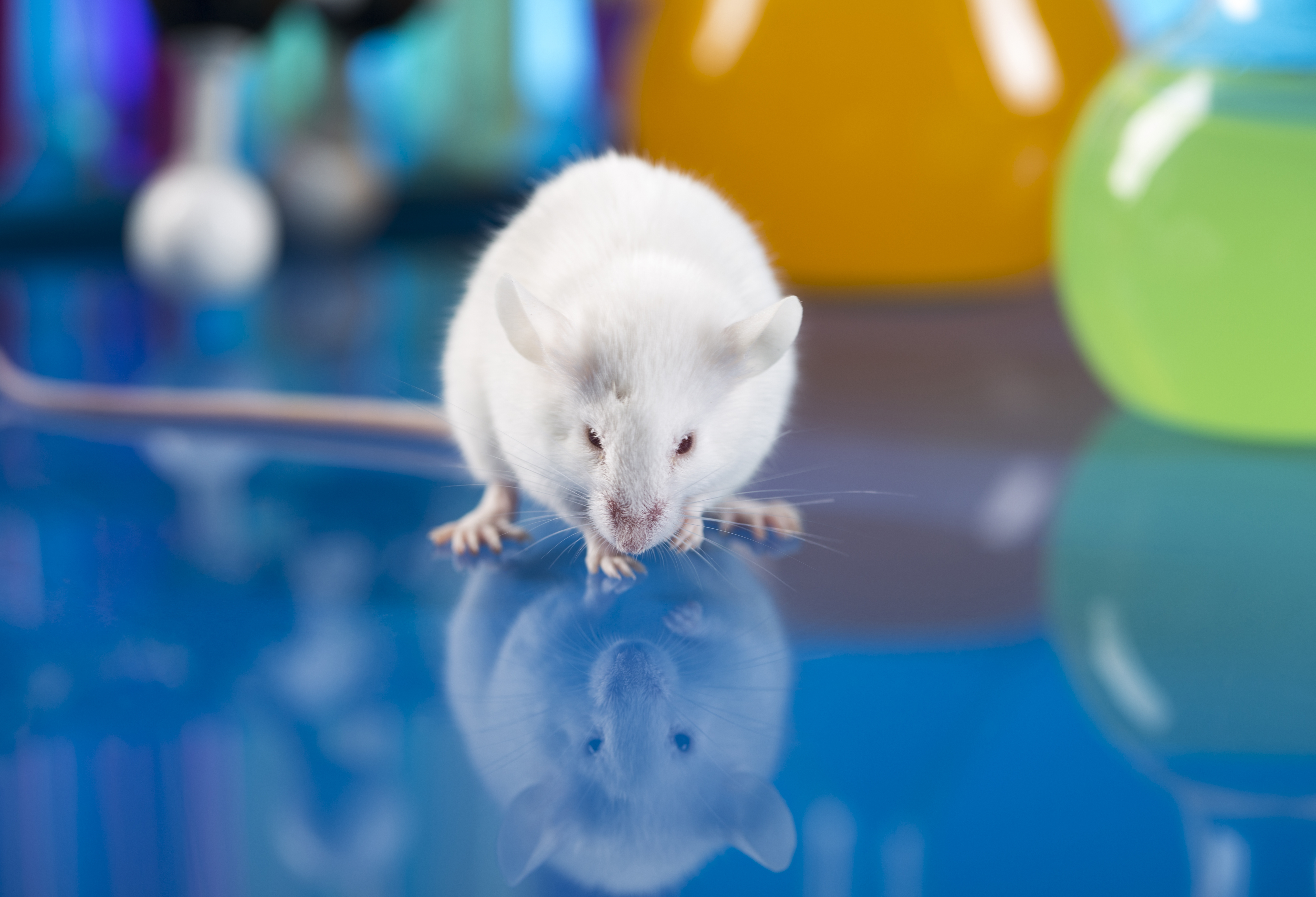Lung Fibrosis Study Suggests That PTEN Signaling Factor Goes Awry, Promoting Disease
Written by |

Researchers discovered that mice exposed to bleomycin — a common pulmonary fibrosis model — displayed more intense fibrotic activity if they lacked the signaling factor PTEN. The findings suggest that exploring the signaling pathway involving PTEN might offer new insights into disease mechanisms, and aid the search for new treatment targets in pulmonary fibrosis.
The study, “Sustained PI3K Activation exacerbates BLM-induced Lung Fibrosis via activation of pro-inflammatory and pro-fibrotic pathways,“ was published in the journal Scientific Reports.
PTEN is a factor involved in signaling pathways linked to inflammatory aspects of many human disease conditions. Previous studies have shown that in acute inflammation, a reduction in PTEN levels leads to a milder inflammatory response.
To find out how the signaling molecule contributes to the chronic inflammation present in pulmonary fibrosis, researchers at the Medical University of Vienna, Austria, engineered a mouse model without PTEN in myeloid cells — the precursors of a wide array of immune and inflammatory cell types.
The team then exposed both mutant and normal mice to bleomycin to induce fibrosis. The lack of the PTEN factor activated the associated PI3K pathway, which led to a stronger activation of the key pro-fibrotic molecule TGF-b, as well as other fibrosis-promoting factors. These mutant mice also had more collagen deposited in their lungs, were sicker, and died earlier than normal mice.
Moreover, the mutant mice also had fewer macrophages and T-cells in their lungs. Although these cells are often the sources of pro-inflammatory molecules, the mice had more of the inflammatory factors IL-6 and TNF-a in their lungs.
However, the lack of PTEN in these mice did not induce changes in a-SMA, a marker of myofibroblast activation, and the researchers could not observe any changes in degradation of the extracellular matrix — two hallmarks of lung fibrosis. This possibly indicates that PTEN affects some aspects of the fibrotic process while having no impact on others.
Findings suggested that PTEN might be involved in wound healing processes that go awry, allowing tissue repair mechanisms to proceed in parallel with inflammatory responses. This prevents the resolution of an initial injury to the lung, and promotes extensive fibrosis development.






